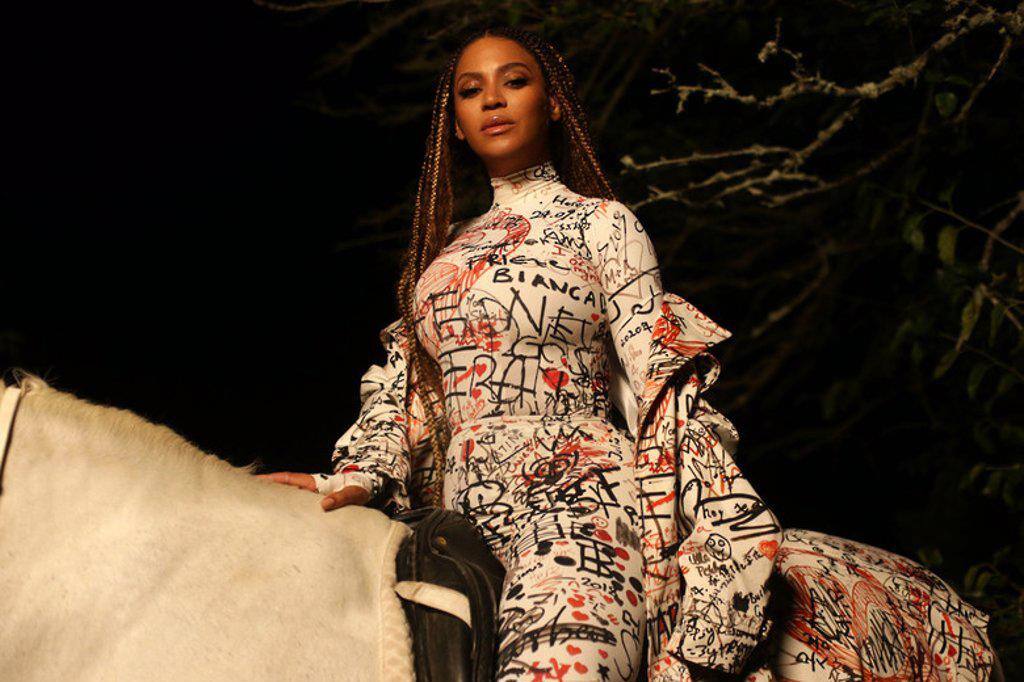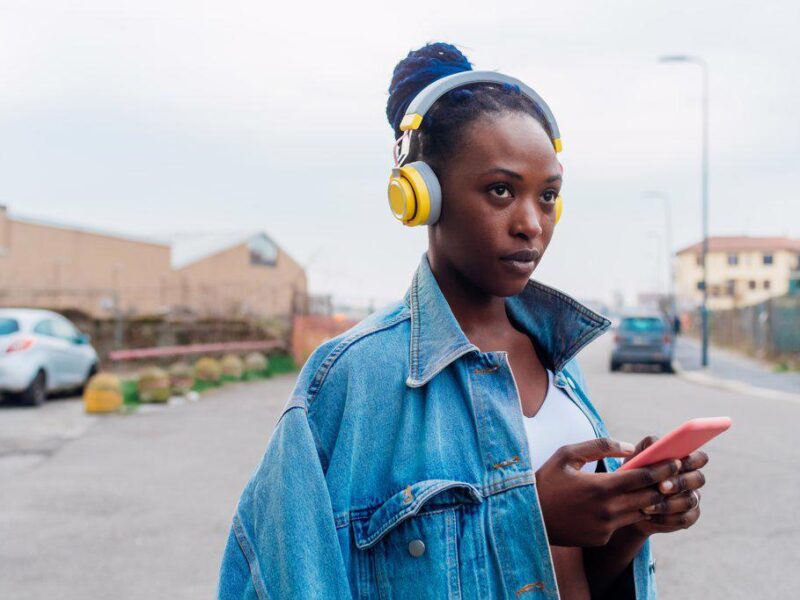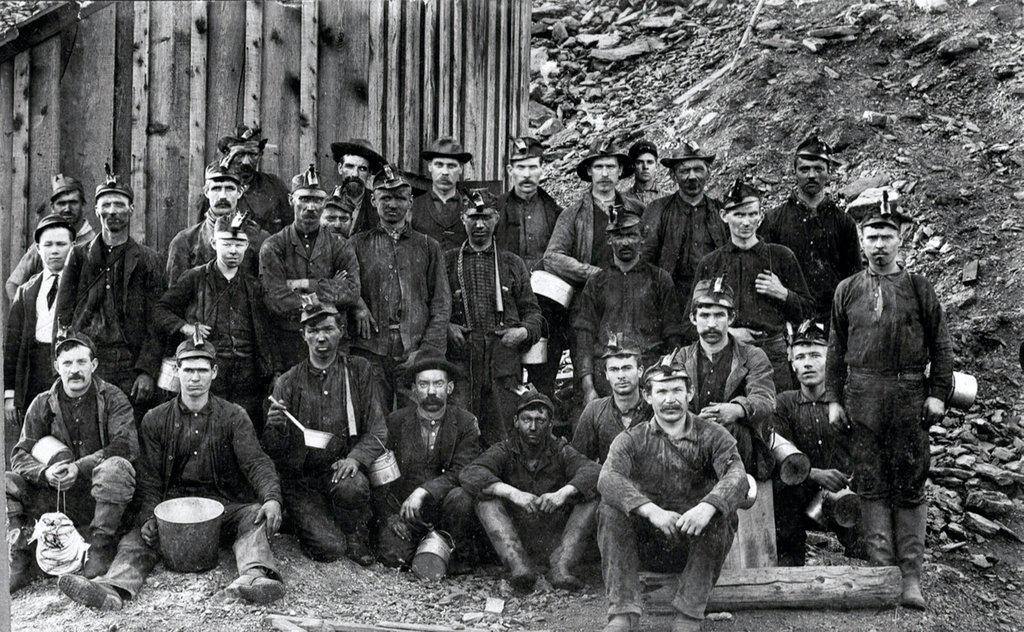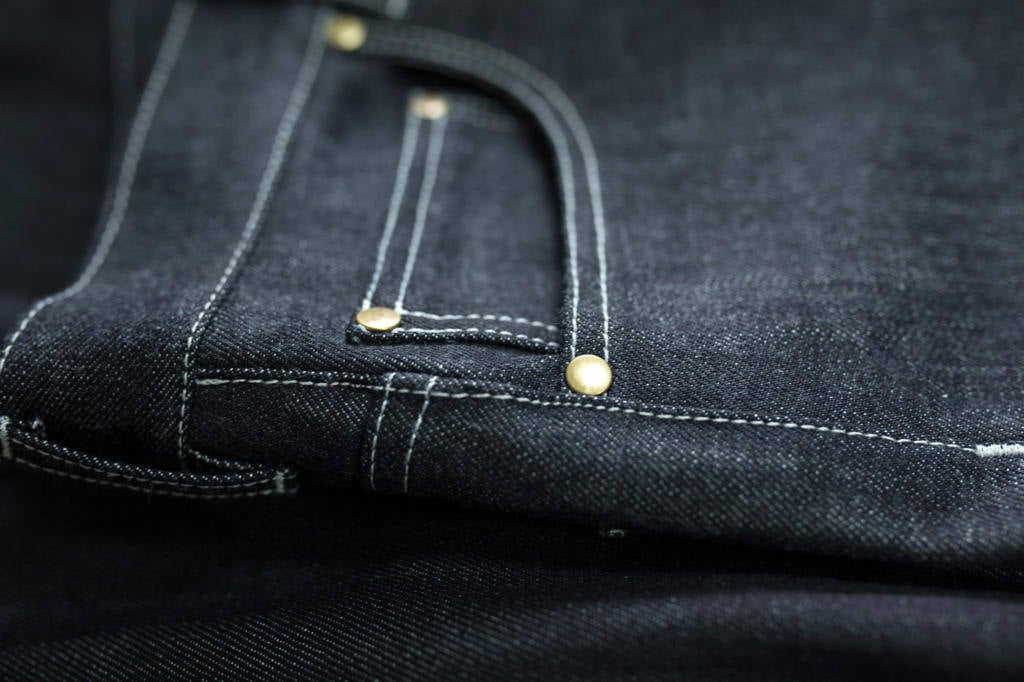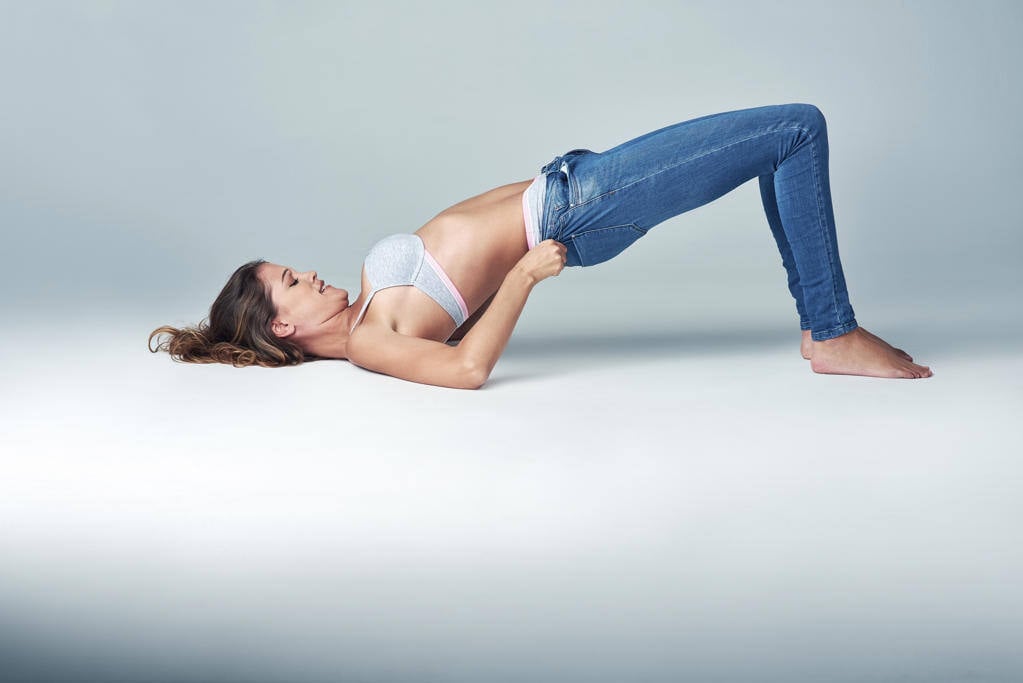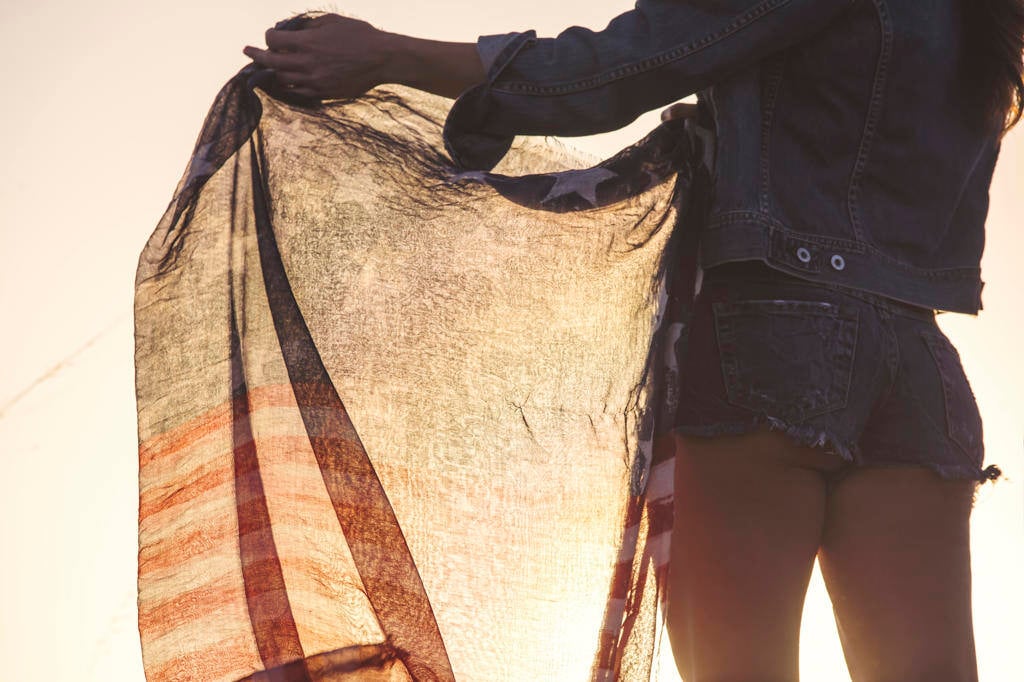Levi’s Iconic Advertising History Takes a Ride With Cowboy Carter
- What is “Cowboy Carter” and why is Beyoncé wearing a 10-gallon hat?
- Did Levi Strauss & Co. get started by selling jeans to California gold miners?
- What does Post Malone have to do with “Levii’s Jeans?”
When a brand, which was launched more than 170 years ago, “reiimagines” itself with arguably the best-known musical artist on the planet, its customers and the entire advertising industry lift their collective eyebrows. Add the fact that this ad campaign includes the iconic images and messages from decades ago and combines them with the wildly current music from the multi-Grammy nominated “Cowboy Carter” album, brilliantly conceived and performed by Beyoncé, and the world takes another look at those faded denim jeans called Levi’s ®.
Levi’s has teamed with Beyoncé for a new campaign titled “Reiimagine” that will reinterpret several of the brand’s iconic ads. Levi’s partnership with the entertainment phenom comes after the singer included a song, “Levii’s Jeans,” on her recently recorded country music-inspired album released in March 2024. Beyoncé conceived the album “Cowboy Carter” as a journey through a reinvention of Americana, spotlighting the overlooked contributions of Black pioneers to American musical and cultural history.
What This Means for You — If the success of your product depends on leveraging the immense power of popular culture, the latest, “reiimagined” campaign from Levi’s should be required study for the brand marketing team and the agencies that support them. Plus, if your brand has become a part of culture, amazing things can happen.
*****
Denim is more than just a fabric. It’s a symbol of freedom, youth, and self-expression. Find your next image in our Living In Denim gallery.
*****
Building a Business by the Seat of Their Pants
The myth that Levi Strauss & Company started its business by making and selling denim trousers to gold miners in northern California in the late 1840s proved to be just a figment of some creative director’s imagination. This “history” was first presented in a television campaign about a hundred years later, and as with a lot of great ad campaigns, it was a good story, but still a myth. The truth about the launch of this iconic company may be better than fiction.
According to multiple sources, German-Jewish immigrant Levi Strauss began business in San Francisco as an importer of clothing. He served as the company’s sales manager and his brother-in-law, David Stern, was the general manager.
Things got more interesting when Jacob Davis, another immigrant and tailor who frequently purchased bolts of denim cloth from Levi Strauss & Co.’s wholesale house, had a great idea. After one of Davis’s customers kept purchasing cloth to reinforce torn pants, he thought of using copper rivets to reinforce points of strain, such as on pocket corners and the base of the button fly.
Wikipedia notes, “Davis lacked sufficient funds to obtain a patent, so he wrote to Strauss proposing a business partnership. After Strauss accepted Davis’s offer, the two men received U.S. patent 139,121 from the United States Patent and Trademark Office on May 20, 1873.
“Contrary to an advertising campaign suggesting that Levi Strauss sold his first jeans to gold miners during the California Gold Rush (which peaked in 1849), the manufacturing of denim overalls began in the 1870s. In 1890, the rivet patent went into the public domain; the same year, lot numbers were assigned to company products, and “501” was used to designate the famous copper-riveted waist overalls. The company lost its records in the 1906 earthquake and there is no information why that number was chosen.
“Modern jeans began to appear in the 1920s, but sales were largely confined to the working people of the western US, such as cowboys, lumberjacks, and railroad workers. Between the 1950s and 1980s, Levi’s jeans became popular among a wide range of youth subcultures, including (so called) ‘greasers,’ ‘mods,’ ‘rockers’ and those loveable ‘hippies.’”
The Floor Is Yours
The retail clothing business is not for the faint-of-heart, and over the years it has been brutal for Levi Strauss & Co. The company remained relevant amidst fights for market share, the rise of offshore manufacturing and the constantly changing fashion sense of its customers.
Along the way, Levi’s became an iconic brand.
Many observers of popular culture have opined that this is due to the product’s authenticity. The brand marketing teams and the advertising agencies that have supported them over the past 170 years have taken this brand DNA and developed breakthrough creative campaigns based on this product attribute.
In 2014, this advertising creative strategy took another leap forward. According to Marketing Dive, “Live in Levi’s” brand platform “focused on the moments consumers spend in their jeans and keyed in on themes of self-expression and individualism.”
Other fashion brands saw the Levi’s writing on the wall and quickly followed suit. Van’s Coach, Gap, Keds and others adapted to this theme with their own creative interpretation.
However, true to its contrarian history, when the industry “zigged,” Levi’s “zagged.”
A decade later, the brand marked the 10th anniversary of “Live in Levi’s” with a new campaign titled “The Floor Is Yours.” This centered around the idea of the brand as the “unofficial uniform” for progress. This effort is the first work from the new creative and social agency of record TBWA\Chiat\Day.
Reported by Marketing Dive, ““It was important for us that the strategy, this notion of the unofficial uniform of doers and people for progress, was rooted in authenticity, but also distinct and differentiated,” said Erin Riley, U.S. CEO of TBWA\Chiat\Day. “We talked a lot about self-expression and authenticity — things that you encounter in this category — being certainly things that Levi’s allows people to do, but maybe not something that’s challenging the convention or is completely distinct.”
“With that in mind, the heart of ‘The Floor Is Yours’ is an anthem spot that imagines progress as movement in pursuit of something better. In the 60-second clip, a group of friends lounge about until one is inspired to dance, compelling the rest to join her as the room moves and morphs under their feet. By the spot’s end, the camera pulls back to reveal that the crew is now on the TV — the uninspired have become the inspiration for another group of Levi’s-clad consumers.”
Six months after this first spot dropped, something unexpected occurred…or was it part of a diabolically brilliant masterplan for a worldwide jean juggernaut? Either way, one of the most famous performers in the world – Beyoncé – with some help from singer Post Malone named dropped “Levii’s Jeans” on her blockbuster new album, “Cowboy Carter.” The rest, as they say, is history.
Launderette Part Deux
Advertising trade magazines, including this one, recognize a vibe shift when they see one! It reported, “Levi’s latest campaign puts the denim marketer at the forefront of pop culture thanks to the megawatt star power of Beyoncé, connecting its longstanding brand identity with a figure who has become a force in the worlds of music, art and fashion. The brand hopes the campaign will support the growth of its women’s business as the ‘definitive denim lifestyle brand,’ said Kenny Mitchell, global chief marketing officer of the Levi’s brand at Levi Strauss & Co.
“The Levi’s brand has and always will be the unofficial uniform for those moving forward in the pursuit of better. We believe a key part of that is continuously breaking and building the codes of culture,” he said.
The first chapter in the campaign reworks the 1985 ad “Launderette” which garnered rave reviews, (particularly from the female demo) with the global icon in the lead role and direction by filmmaker Melina Matsoukas. Click here for the reworked, updated spot featuring Bey walking into a coin-operated laundry, taking off her jeans, putting them in the washer and waiting for the spin cycle. Just a guess here, but this version should do well with the male demo. The effort includes television, out-of-home, digital, social media, print, brand activations and exclusive products.
What’s Going on Here?
The history of marketing and advertising is replete with examples of how popular culture can move merchandise. This quid pro quo of leveraging culture to drive brand awareness is truly a thing of beauty, but it is usually temporary. However, when the brand becomes a permanent part of culture and savvy marketers use that status to build even more awareness through creative strategies, customer engagement can skyrocket. The number of brands that have breathed this rarified air are few. Coca Cola and Levi’s come immediately to mind.
The brilliance of this current Levi’s campaign involves the combination of the authenticity of the iconic brand with the white hot, popular cultural icon of Beyoncé. No one can predict what happens next, but it will be fascinating to watch.
Oh yeah, the preliminary sales numbers suggest the possibility that the “jeans juggernaut” could come to fruition. Levi Strauss & Co. reported an 8% year-over-year increase in net revenues in Q2 (2024), with a 17% increase in the Americas. President and CEO Michelle Gass attributed the growth in part, to Levi’s “prominence at the center of culture.”
*****
Enhancing the legacy of a brand like Levi’s requires visual images and messages that support its history. These images must be as authentic as the brand itself. If your brand is reaching for this “lightning in a bottle,” SuperStock can help. Click here for meticulous curation of our massive archives of stock images and video. The research is FREE, and images beat the pants off everyone else!
